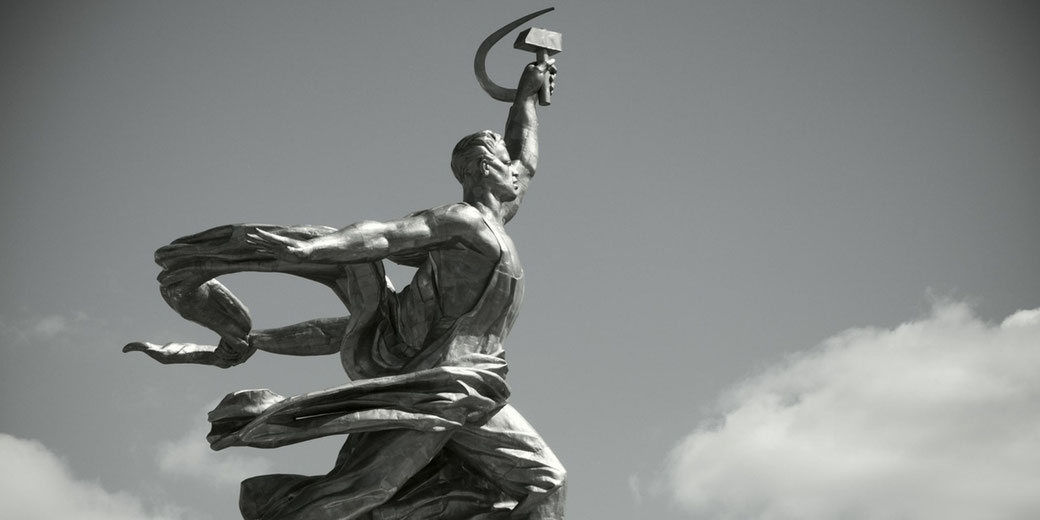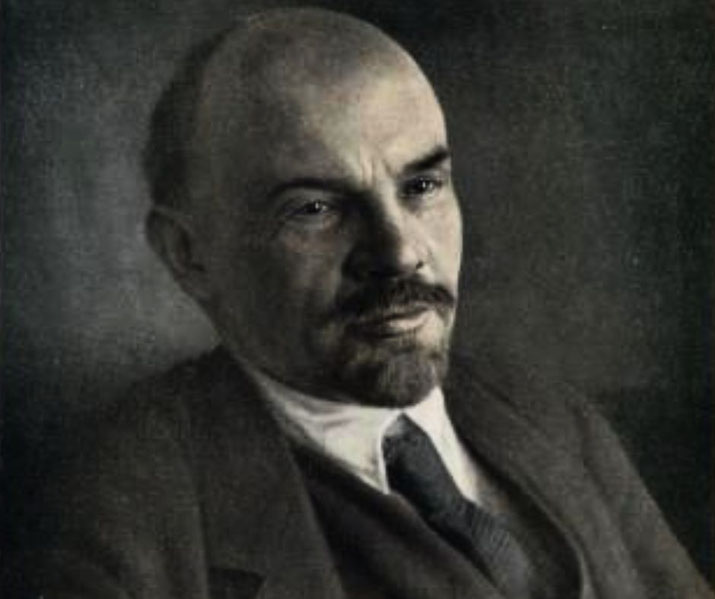What was the USSR?

The USSR, or the Union of Soviet Socialist Republics, was a historical state that existed from 1922 to 1991 in northern Eurasia.
It was the first country to be based on the ideology of Marxism-Leninism, a form of communism that aimed to create a classless and stateless society.
The USSR was also one of the world's superpowers, competing with the United States and its allies in the Cold War for global influence and dominance.
What countries were part of the USSR?
The USSR was composed of 15 Soviet Socialist Republics (SSRs), which were nominally sovereign entities that shared a common political and economic system.
The largest and most influential SSR was the Russian SFSR, which also served as the capital of the union.
The other SSRs were Armenia, Azerbaijan, Belarus, Estonia, Georgia, Kazakhstan, Kyrgyzstan, Latvia, Lithuania, Moldova, Tajikistan, Turkmenistan, Ukraine and Uzbekistan.
Each SSR had its own flag, anthem, constitution and government, but they were all subordinate to the central authorities in Moscow.
How did the USSR begin?
The USSR was founded in 1922 by a treaty between four Soviet republics that emerged after the Russian Revolution of 1917 and the subsequent civil war.
The revolution overthrew the tsarist monarchy and established a socialist regime led by Vladimir Lenin and his Bolshevik party.
The civil war pitted the Bolsheviks against various anti-communist forces, known as the Whites, as well as foreign interventionists.
The Bolsheviks prevailed and consolidated their power by creating the Soviet Union as a federation of socialist republics.

The Soviet Union under Stalin
The USSR underwent several political and economic transformations during its existence.
Under Lenin's successor, Joseph Stalin, the USSR became a totalitarian dictatorship that suppressed any opposition and dissent.
Stalin also launched a series of five-year plans that industrialized and collectivized the Soviet economy, but at a huge cost of human lives and suffering.
Stalin also led the USSR in World War II, when it allied with Britain and the United States against Nazi Germany and its allies.
The USSR suffered enormous losses but emerged victorious and expanded its territory and influence in Eastern Europe and Asia.
Challenges during the Cold War
After Stalin's death in 1953, the USSR entered a period of de-Stalinization and relative liberalization under Nikita Khrushchev.
Khrushchev denounced Stalin's crimes and initiated reforms that eased political repression and improved living standards.
He also pursued a policy of peaceful coexistence with the West, but also engaged in confrontations such as the Cuban Missile Crisis.
Khrushchev was ousted in 1964 by Leonid Brezhnev, who restored some of Stalin's policies and presided over an era of stagnation and corruption.
Why the USSR came to an end
The USSR faced various challenges and crises in the 1970s and 1980s, such as the arms race with the US, the Afghan War, ethnic unrest, economic decline and environmental degradation.
In 1985, Mikhail Gorbachev became the leader of the USSR and introduced radical reforms known as glasnost (openness) and perestroika (restructuring).
These reforms aimed to democratize and modernize the Soviet system, but also unleashed forces that ultimately led to its collapse.
The USSR disintegrated in 1991 after a failed coup attempt by hardliners against Gorbachev.
The SSRs declared their independence and formed new states, ending the existence of the Soviet Union.
What do you need help with?
Download ready-to-use digital learning resources
Copyright © History Skills 2014-2025.
Contact via email
With the exception of links to external sites, some historical sources and extracts from specific publications, all content on this website is copyrighted by History Skills. This content may not be copied, republished or redistributed without written permission from the website creator. Please use the Contact page to obtain relevant permission.





